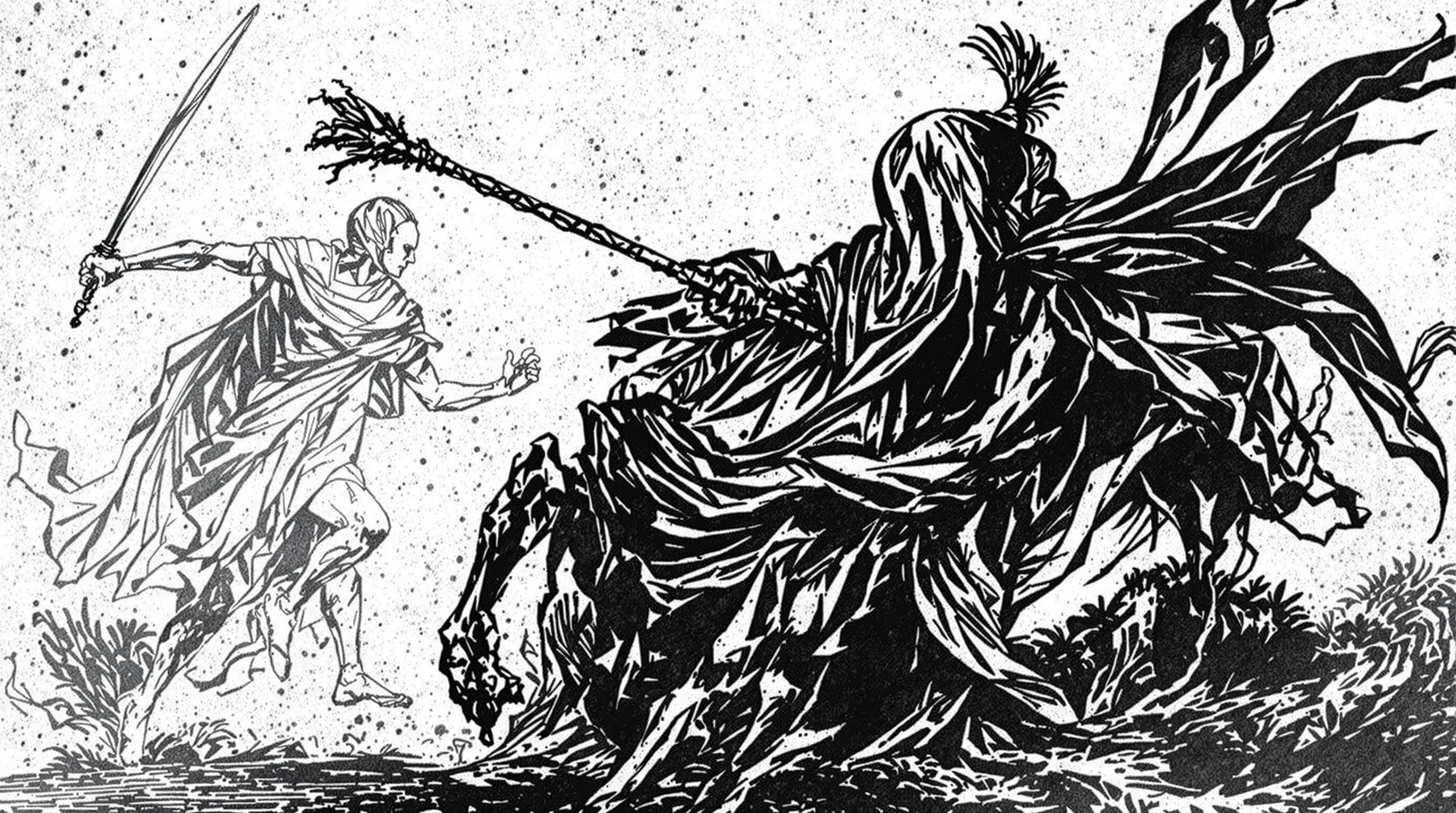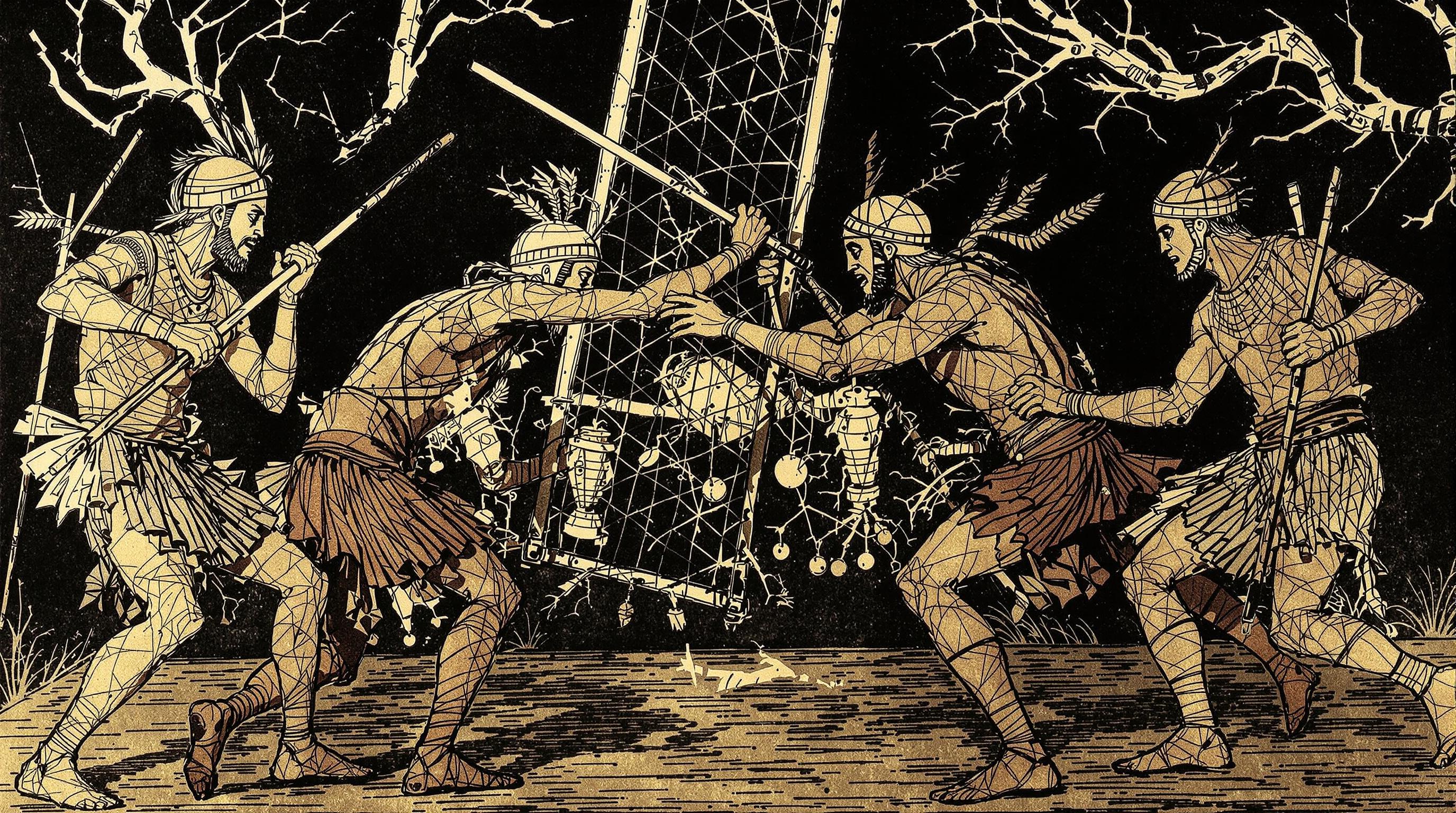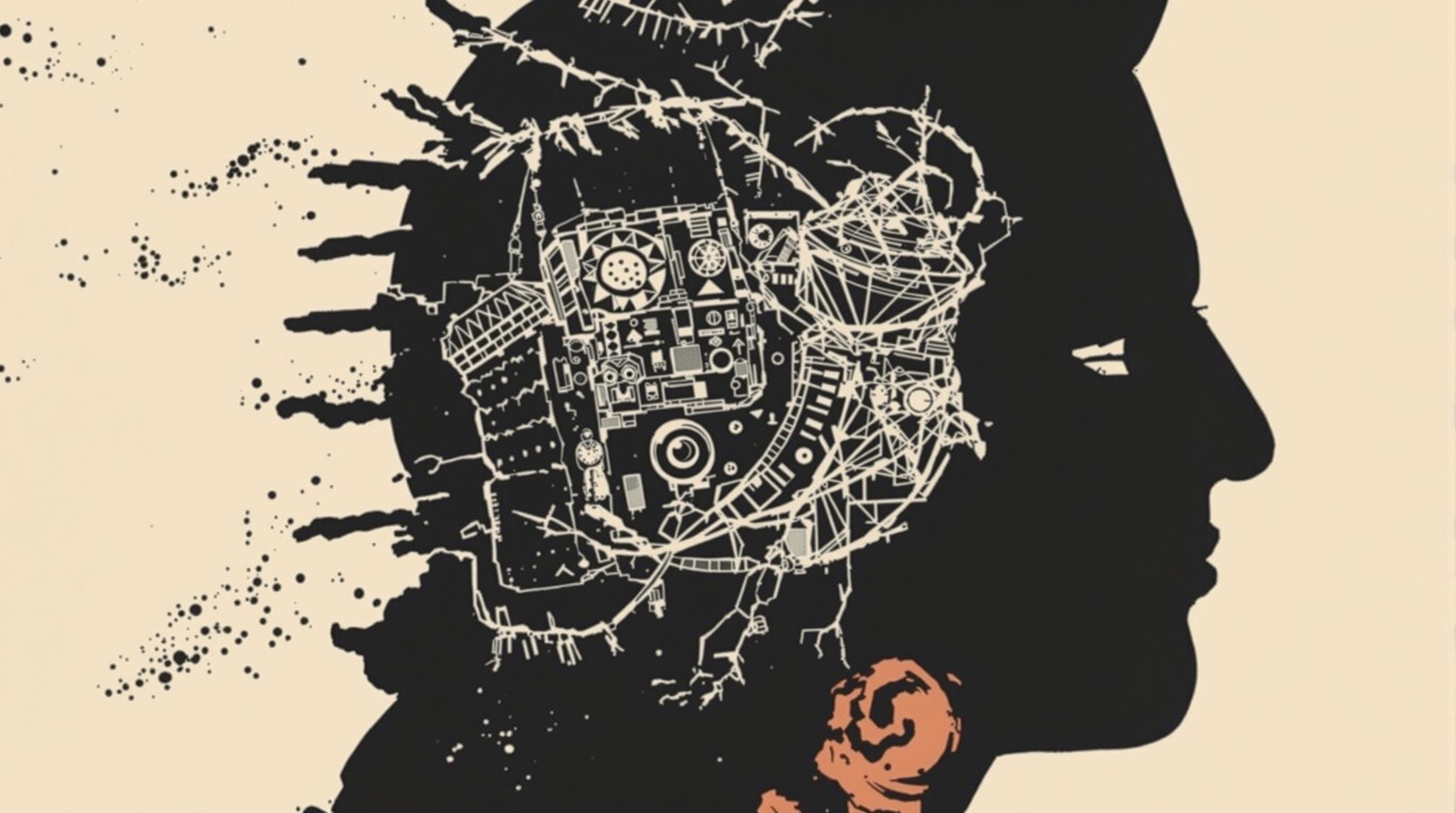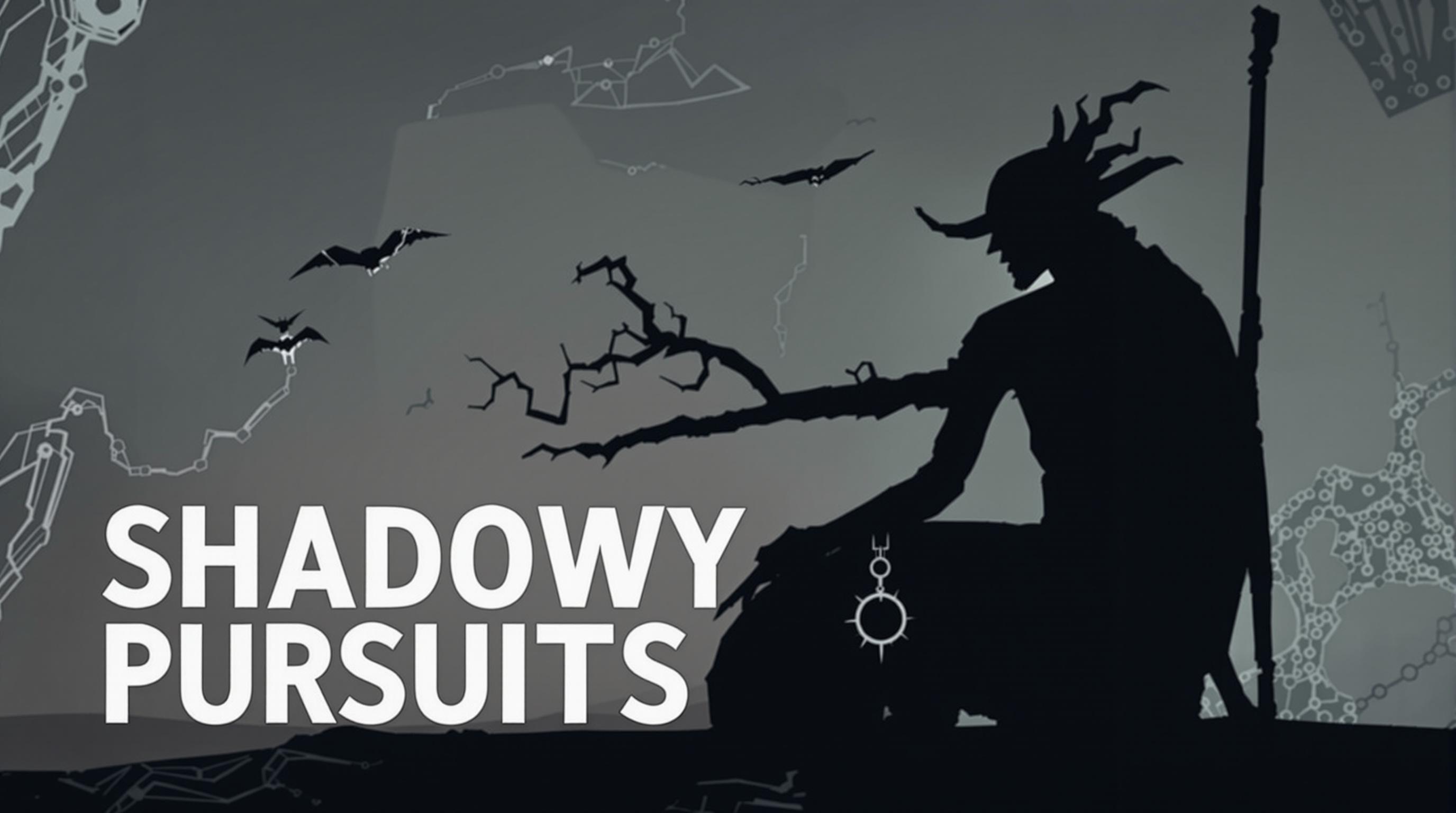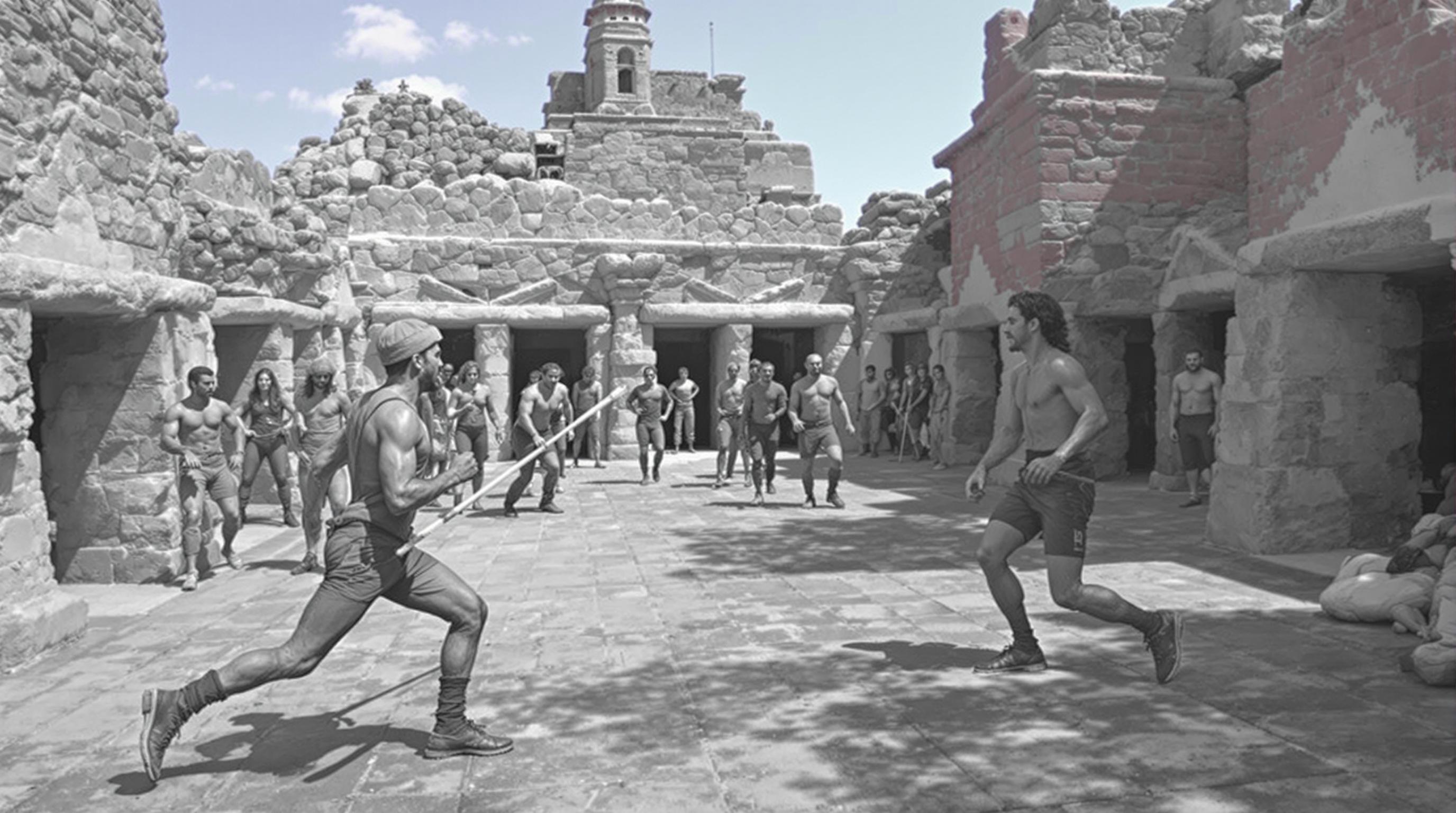Related Articles
- Sporting Rituals: The Curious Connections Between Athletic Events and Ancient Traditions of Worship and Community Bonding
- Game On: The Surprising Influence of Sports on Fashion Trends and Personal Identity in Youth Culture
- Rituals and Rites: How Competitive Sports Influence Cultural Practices in Spiritual and Indigenous Communities
- Sports as Social Glue: Examining the Bond Between Athletic Rivalries and Neighborhood Integration
- Spectacles of Strife: How Weather Patterns Disrupted Historic Sports Events and Changed Athletes' Fortunes
- Bizarre Beginnings: The Unwritten Rules of Quirky Sports and Their Role in Shaping Modern Athletics
Veiled Competitions: The Enigmatic Role of Ancient Sports in Social Hierarchies and Rituals Across Cultures
Veiled Competitions: The Enigmatic Role of Ancient Sports in Social Hierarchies and Rituals Across Cultures
Throughout history, ancient sports have played an enigmatic role as both social equalizers and enforcers of hierarchies across various cultures. From the Olympic Games in Greece to the Mesoamerican ballgame, these competitions were not merely about physical prowess but were deeply intertwined with rituals, politics, and social structures.
Crucibles of Culture
Imagine a vibrant city buzzing with anticipation, where over a thousand spectators gather not just to witness feats of athleticism, but to partake in a communal ritual that defines their culture. The ancient Olympic Games in Greece conjure up such imagery. Established in 776 BCE, these games were more than mere sports; they were a showcase of Hellenic unity and identity. Athletes hailed from different city-states, yet when they stepped onto the field, they represented their communities and the gods.
Competitions as Social Commentary
Look closely, and you'll see that sports have long been arenas for social commentary and critique. For example, amongst the Aztecs, the Mesoamerican ballgame wasn’t merely a form of entertainment; it often doubled as a metaphor for life and death. The stakes could be high—losing meant sacrificing one’s life in a ritual setting, underscoring the brutal choices between triumph and devastation. In this sense, the game elevated contestants' status while also cementing social hierarchies.
The unseen tide of gender
An interesting aspect of ancient sports is how they largely reinforced gender roles while simultaneously providing spaces for women to assert their subversion. In ancient Greece, women were prohibited from participating in the Olympic Games; however, they had their own festivals, like the Heraean Games, dedicated to the goddess Hera. These events became a platform for women to display their athletic prowess, albeit within a tightly defined social framework. Ironically, this created a parallel hierarchy where female athletes could be celebrated, even if only within the bounds set by their society.
Glimpses of Class and Caste
Class distinctions could be starkly illustrated through sports. In ancient Rome, gladiatorial games not only entertained the masses but also allowed the ruling class to demonstrate their power dynamics. Wealthy individuals could sponsor gladiators—often slaves or prisoners—turning the bloody arenas into stages for class struggle. As the elite observed battles of life and death, they were reminded of their status, while the lower classes found fleeting escapism in the thrill of the fight.
Rituals Versus Recreation
The boundaries between competition and ritual blurred across many ancient cultures. Take the Native American ball games: among the Iroquois, they served spiritual purposes intended to please the Creator. Victories in these games were believed to bring good fortune to their villages. The lively games were celebrated events in which the whole community would collectively pray for success, illustrating how intertwined sports were with belief systems.
Statistics and Symbolism
According to a study published in the 'Journal of Sports History', nearly 80% of ancient sports have a ritualistic component, underscoring their importance in social structures globally. For instance, in ancient China, the ritual of archery was not simply an exhibition of skill but a regulated performance that affirmed social order. Emperors would engage in these competitions, signifying heavens' divine approval of their rule.
Fierce Rivalries and Political Power
Ever notice how rivalries in sports often mirror societal tensions? The ancient Greeks perfectly illustrated this through the direct competition between city-states during the Olympics, notably Athens and Sparta. Such contests symbolized not just athletic rivalry but underlying political tensions. Winning brought honor to the city-state and consolidated its power on the regional stage. In this way, ancient sports served a dual function, blending the pursuit of glory with the grit of realpolitik.
Preserving Histories: The Legacy of Games
Permitting us glimpses into the past, ancient sports have left lasting legacies. While the Romans may have perfected the art of gladiatorial combat, the ethos behind competitions continues to evolve. Today, areas once reserved for gladiators have transformed into stadiums where athletes from various backgrounds unite to chase dreams instead of death.
Anecdotes from the Past
One might chuckle at the tales of ancient devotees who took their sports very seriously; for instance, Olympic athletes would often go to great lengths to prepare, including adhering to strict diets and living in communal settings weeks before the games. Some even went so far as to employ early forms of sports psychology, such as visualization, to mentally prepare for competitions. As we laugh about today's athletes “overtraining,” perhaps we should give a nod to their ancient predecessors' obsessive preparations.
Modern Reflections
Fast forward to today, and the echoes of ancient traditions linger in modern sports ceremonies, where we still invoke deities through national anthems and opening ceremonies. Even the Olympic flame, introduced in 1936, connects us directly to its ancient origins, a constant reminder of what these events originally represented—a bridge connecting the mundane to the divine.
The Emotional Core of Competition
Participation in ancient sports often invoked powerful emotions akin to those felt in modern sporting events. Witnessing athletes perform at their peak, one can almost feel the ancestral spirits cheering them on. Historians often point to the emotional fervor surrounding these competitions: a visceral need to belong, to cheer, and to compete—core aspects of our humanity that have transcended time.
The Enigma Unraveled
The journey through ancient sports reveals a complex tapestry of culture, identity, and hierarchy. What may seem like mere athletic competitions upon the surface peel away to reveal their role as reflections of societal values and structures. The challenges and rituals carved into history speak to the intrinsic human desire for connection, recognition, and the transcendence of the mundane.
In conclusion, the enigmatic nature of ancient sports resonates with our contemporary psyche. They encapsulate the dance between celebration and sacrifice, unity and division, competition and control. As spectator or participant, engaging with the physical and the spiritual remains at the heart of what it means to be human, drawing us closer across millennia of tradition.
